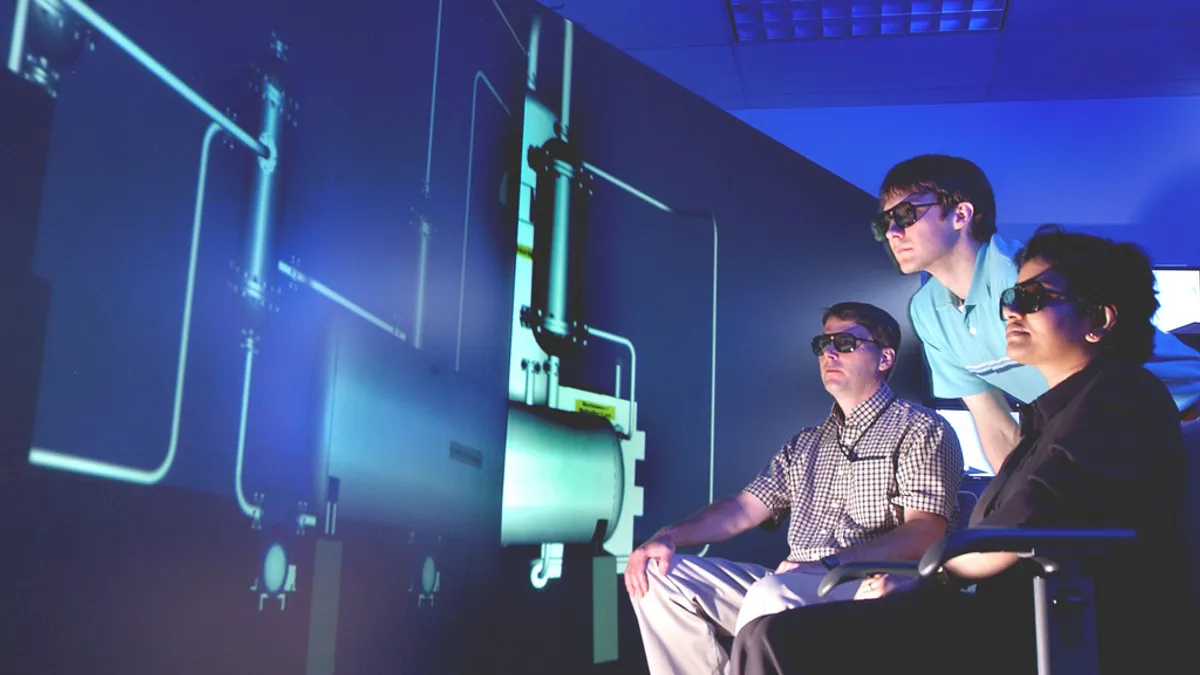Dive Brief:
- Siemens and German energy company RWE Deutschland AG are the latest companies to announce they are collaborating on a virtual power plant — the "Smartpool" project which expands on a pilot the two companies collaborated on in 2010, Forbes reports.
- The new system will be designed to improve power performance by bundling a large number of distributed energy resources while also finding ways distribution grid operators can integrate distributed power, in particular renewable resources.
- RWE will use Siemens technology to build a system which can control a large number of resources in a way that "is both suitable for the mass market and can handle multiple
clients."
Dive Insight:
The Virtual Power Plant (VPP) concept is no longer new, but two words stand out in the announcement from Siemens and RWE – "mass market."
Building on their collaboration five years ago, the two companies are looking to develop a larger and better VPP which can integrate a wider range of resources and do more to integrate renewable energy. There are not a lot of details in the announcement: Siemens will license its Decentralized Energy Management System system for the project, and the new platform will be built as "an energy information and control system." Looking ahead, the companies said RWE Smartpool is also expected to support the structuring between market participants and the grid.
The new platform will be "suitable for the mass market and can handle multiple client," the companies said. It will allow both public works and grid operators to use RWE Smartpool to "optimize the marketing of what are frequently small amounts of locally generated electricity."
RWE's CTO Joachim Schneider said "innovative steps must be taken in order to successfully manage the energy transition to the new energy mix. By collaborating with Siemens, we will be able to significantly expand the benefits of new IT technology systems and thus provide customers and grid operators with efficient solutions for their business.”
Virtual Power Plans, also known as a distributed energy resource resource management systems (DERMS), use software as a power solution and so far have been very custom in nature, which has slowed their growth. The very custom nature of a DERM – they are built to a specific utility's resources, and often for a specific goal – has so far slowed development of the systems and market. But as common standards are created, some analysts expect the market to grow quickly.
Greentech is expecting DERMS spending to rise from less than $50 million in 2014 to $110 million in 2018. “DERMS are in their nascent stage,” said Omar Saadeh, a senior analyst with Greentech Media. “These solutions are extremely custom … but we've noticed a significant uptick in interest, in utilities interested in these solutions.”














